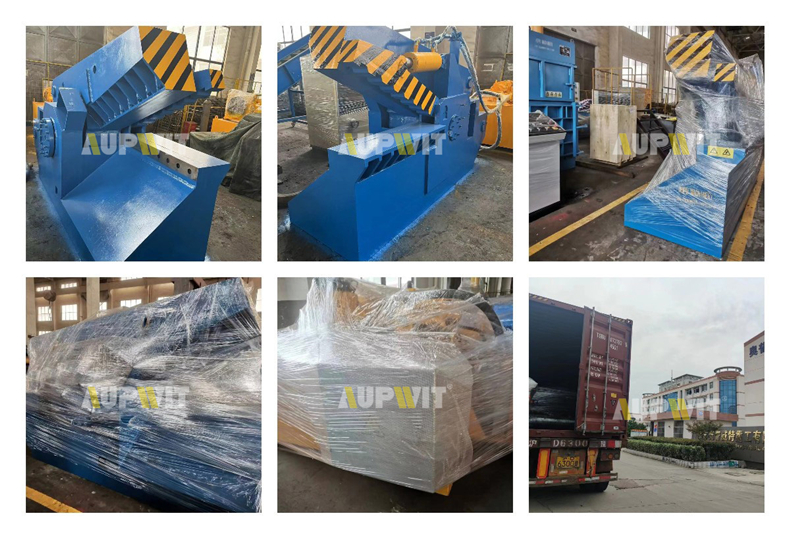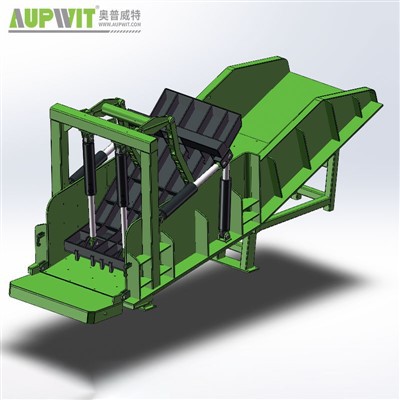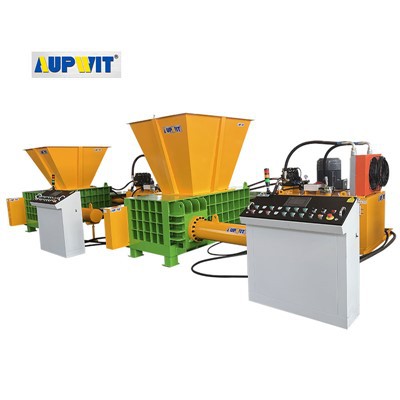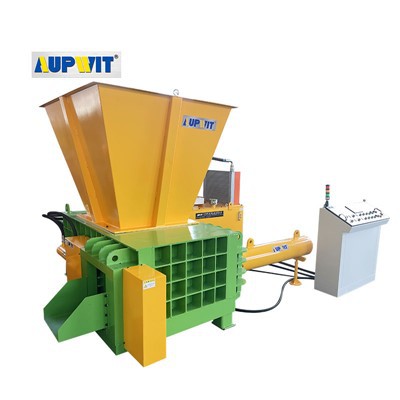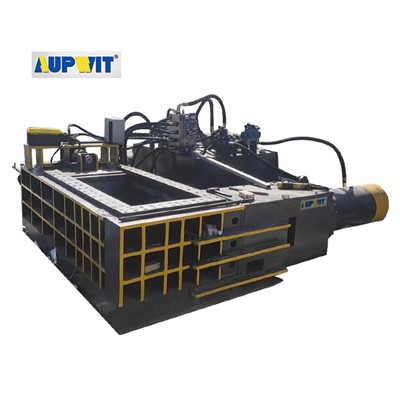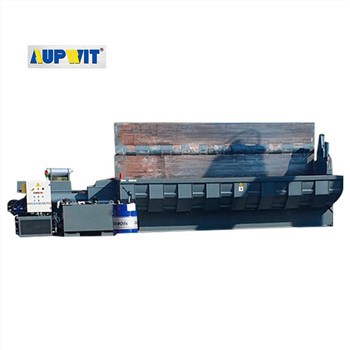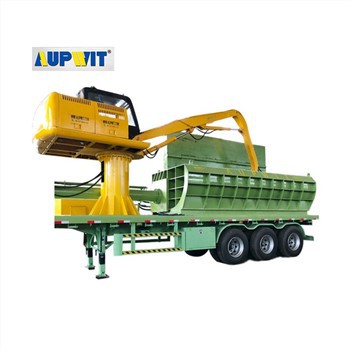Before starting the machine every day, the appearance of the Metal Baler needs to be fully checked. Check whether the machine body has obvious deformation, cracks or damage, especially after high-intensity operation, these parts may be damaged due to uneven force. At the same time, carefully check the connection parts between the components, such as screws and nuts, to see if they are loose. If looseness is found, tighten them in time with appropriate tools to avoid parts falling off due to unstable connection during the operation of the equipment, causing safety accidents or damage to the equipment.
2. Lubrication system maintenance
Lubrication is essential for the smooth operation of the Metal Baler. Regularly check the lubrication points of the equipment, generally concentrated on bearings, chains, piston rods and other parts. According to the requirements of the equipment manual, select suitable lubricating oil or grease for filling. Usually, lubrication operation is required every certain operating time or work shift.
3. Hydraulic system maintenance
The hydraulic system is the core power part of the Metal Baler. Check the hydraulic oil level regularly, and the oil level should be kept within the specified scale range. If the oil level is too low, add hydraulic oil that meets the specifications in time. At the same time, observe the color and cleanliness of the hydraulic oil. If the hydraulic oil becomes turbid, black or has impurities, it indicates that the oil has been contaminated and should be replaced immediately. In addition, check whether there is leakage in the hydraulic pipeline. If oil leakage is found in the pipeline, the damaged pipeline should be repaired or replaced in time to ensure the stability of the pressure of the hydraulic system and avoid affecting the packaging effect due to insufficient pressure.
4. Replacement of wearing parts
During the long-term use of the Metal Baler, some wearing parts will gradually wear out. Common wearing parts include strapping guides, cutters, seals, etc. Check the wear of these wearing parts regularly. When the guide is severely worn, resulting in abnormal strapping position, the cutter becomes blunt and cannot cut the strapping cleanly, or the seal is aged and leaks, it is necessary to replace it in time. When replacing, select genuine wearing parts that match the equipment model to ensure that the performance of the equipment is not affected.
